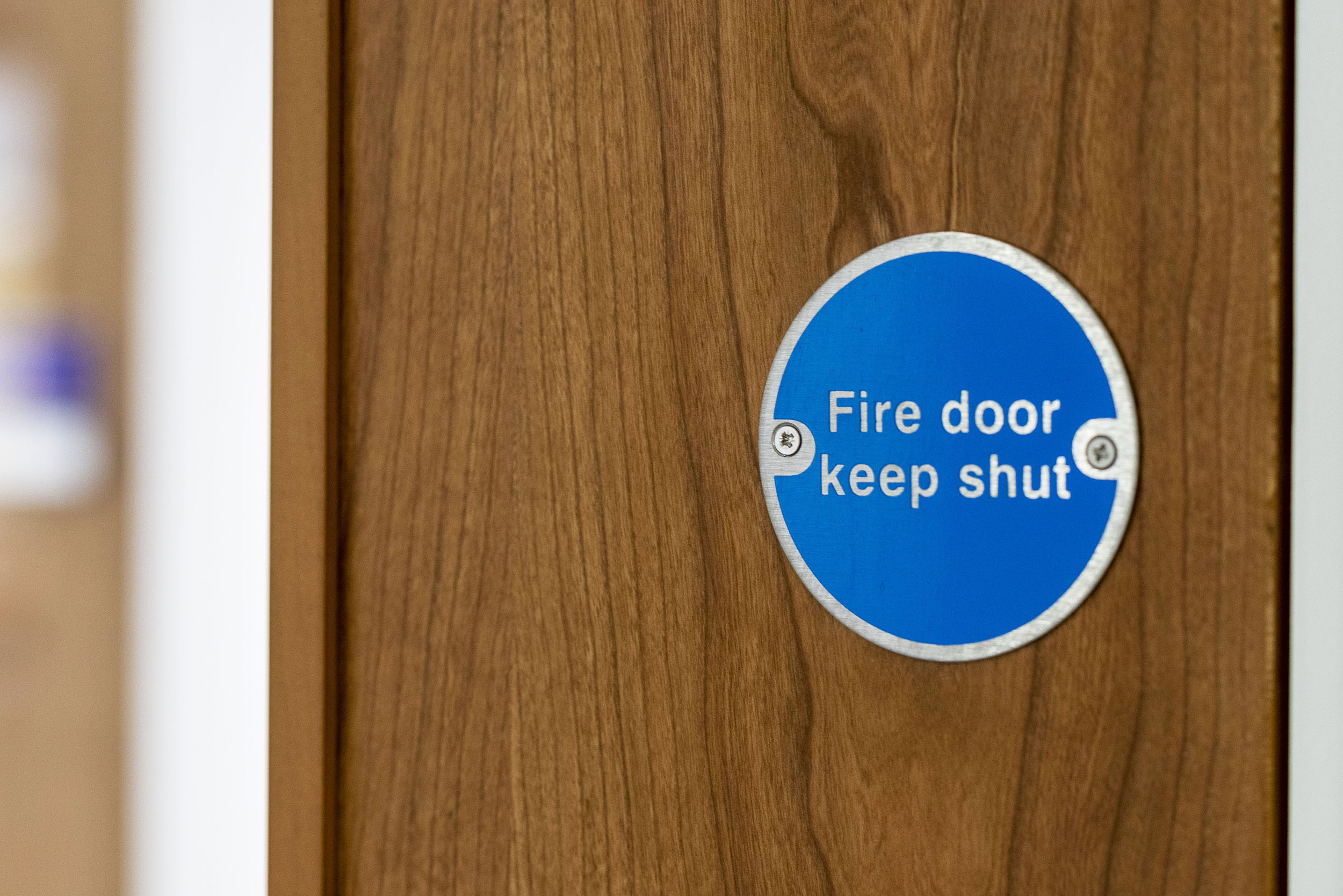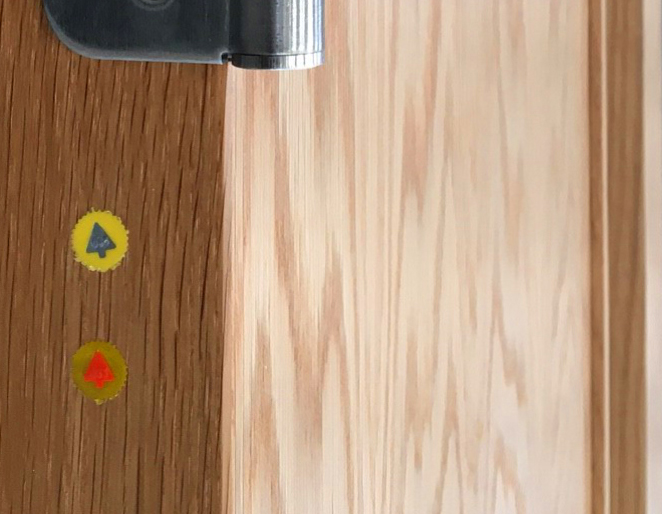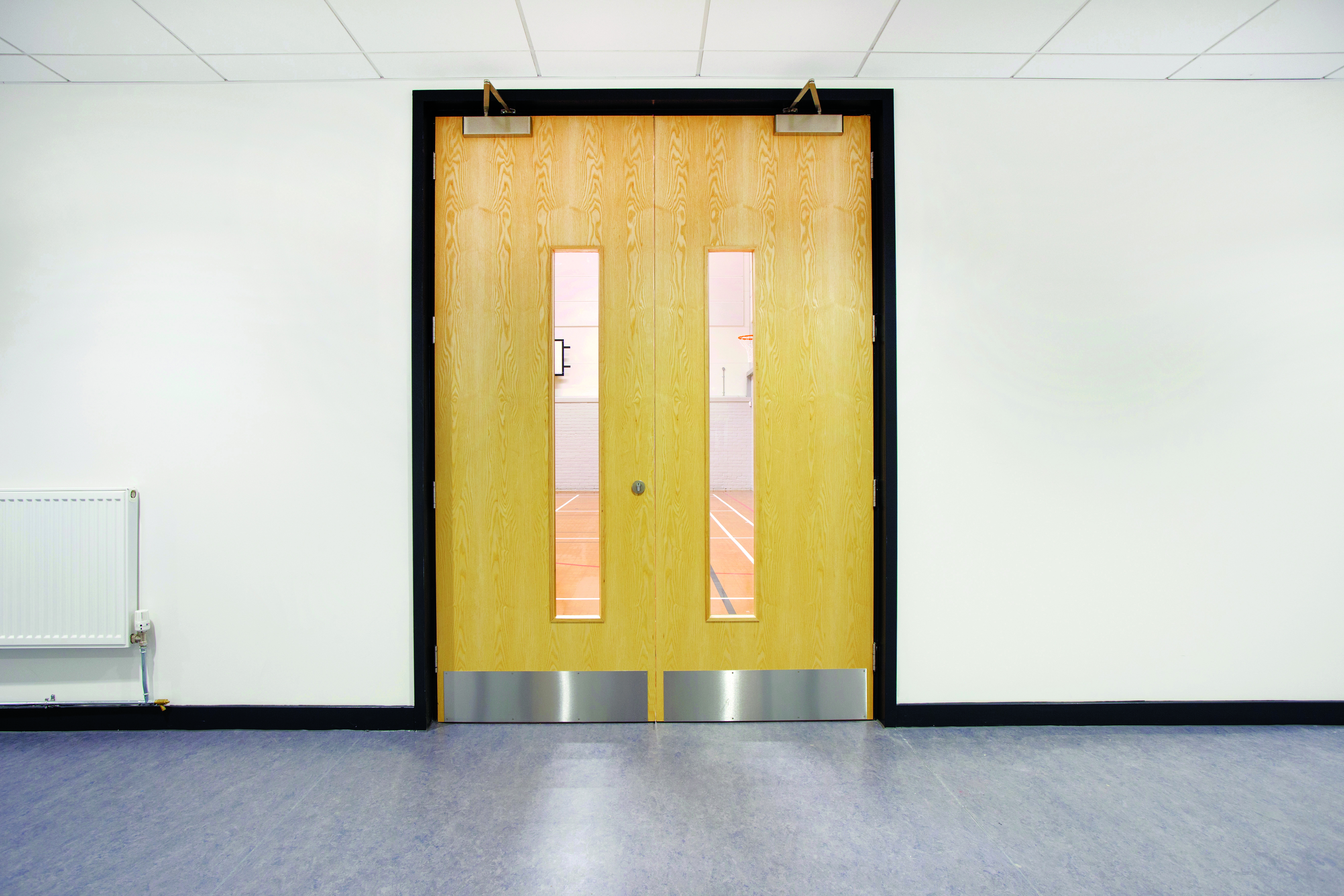With reference to: The Construction Products (Amendment etc) (Eu Exit) Regulations, 2019 No. 465 & 2020 No.1359, and the CPR (EU) No. 305/2011, Guidance Paper M and the EU Commission explanatory note 07/07/1 (text quotes in italics, as follows).
Article 5 of the CPR allows derogation for the manufacturer from making a declaration of performance for the purpose of the CE (i.e. in GB, now the UKCA) mark as applies to the making available and placing on the market of products when “… the construction product is individually manufactured or custom-made in a non-series process in response to a specific order.”
Product individually made in batch manufacturing, to a distinctive specification for a particular place.
“Individually manufactured” under the CPR means products characterised by the following criteria:
• “individual design ordered for and installed in one and the same known work;”
• “manufactured, upon request and for specific purposes, needing to readjust the production machines for their manufacture in order to be used in the work concerned;”
• “custom-made for a specific order to obtain one or more several end-use performances different from products manufactured in series, even if produced according to the same manufacturing process/system.”
“Custom-made” means “made to fit the needs or requirements of a particular person or made according to the specifications of an individual purchaser.”
The manufacture and supply of specialist custom-made fire doors as used in the UK market fits those criteria, as made for specific projects subject to distinctive and individual specification in each case.
A manufacturing specification design for individual and custom-made fire doors is typically arrived at in direct dialogue with the specifier to ensure it;
a) meets the client’s needs;
b) satisfies the regulations, including test evidence, within a certified scope of design; and
c) can practically be made, to achieve the combination of performances necessary for the place and situation where the door is to be used.
The mix of properties typically includes;
a) the basic functional necessities expected of a door (e.g. safe opening/closing and security);
b) fire resistance and perhaps smoke control as well; with
c) enhanced functions (e.g. acoustic and thermal insulation, access control, additional security and X-ray or electric field shielding); and
d) an individual style and look as defined by the client for the building as a whole.
Third-Party Product and Process Certification (TPPPC) has been established for several decades by the specialist custom-made fire door sector to provide independent assurance of product fitness-for-purpose, also to provide a platform for declarations of performance and manufacturing competencies. TPPPC combines both regular product and process auditing with repeat and new product testing, to required standards with scrutiny of process controls, as well as normal quality control management in accordance with the ISO 90001/2 standards. That leads to a certified scope of design and use which is fundamentally based on test evidence. Fire doors under TPPPC are typically provided with declarations of performance and support guidance (e.g. specification, approved component lists, installation criteria).
Note “Series production” refers to typically volume supply over time of a commodity product type made available and placed on the market by manufacturer’s initiative, as fixed options, perhaps in a limited range of the same pattern, illustrated for example by a catalogue offer or other advertising (with perhaps impersonal buying online).



